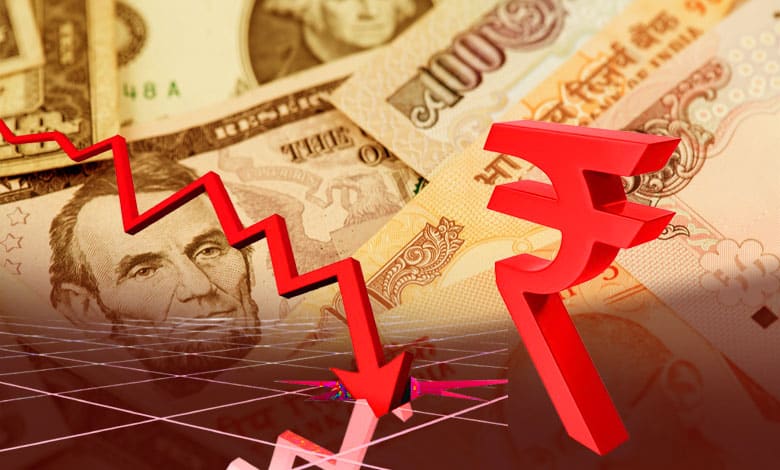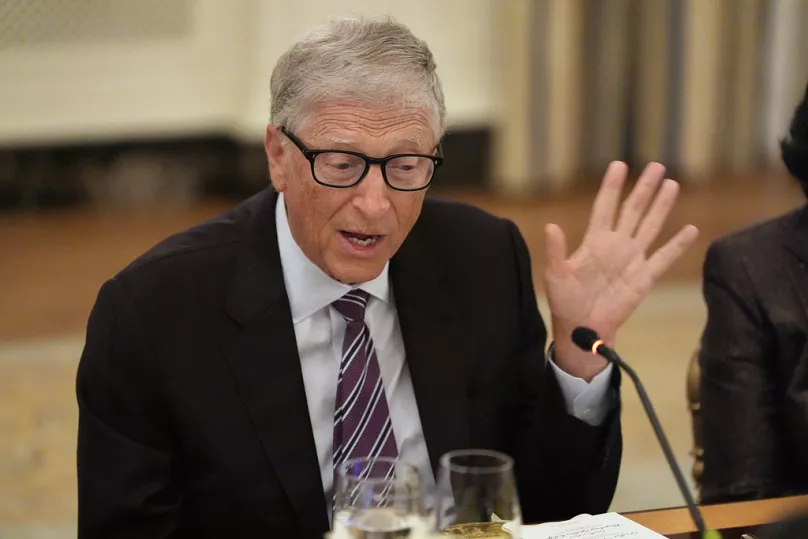Now Reading: Indian Rupee Hits Record Low Amid Trade Tensions and Investor Outflows
-
01
Indian Rupee Hits Record Low Amid Trade Tensions and Investor Outflows
Indian Rupee Hits Record Low Amid Trade Tensions and Investor Outflows

The Indian rupee has fallen to a historic low of ₹88.27 against the US dollar, reflecting ongoing economic challenges and global trade uncertainties. Despite a weaker US dollar and declining crude oil prices, the rupee’s depreciation underscores deeper structural issues affecting investor confidence and economic stability.
Factors Contributing to the Rupee’s Decline
Several factors have contributed to the rupee’s recent slide. Persistent foreign portfolio investor (FPI) outflows, amounting to over $1.4 billion in September alone, have exerted downward pressure on the currency. Additionally, concerns over potential new US tariffs on Indian exports, particularly in the IT sector, have heightened market volatility and investor apprehension.
Impact on the Indian Economy
The rupee’s depreciation has significant implications for the Indian economy. A weaker rupee increases the cost of imports, leading to higher prices for essential goods and services, which can contribute to inflation. Moreover, the rising cost of servicing foreign-denominated debt can strain corporate balance sheets, particularly for companies with substantial external borrowings.
Relevance to Tier 2 Cities
In Tier 2 cities, where industries such as manufacturing, textiles, and IT services are prominent, the impact of a depreciating rupee is multifaceted. While exporters may benefit from improved competitiveness, the increased cost of imported raw materials and technology can squeeze margins. Additionally, the potential for reduced foreign investment may hinder growth prospects in these regions.
Conclusion
The Indian rupee’s decline to ₹88.27 against the US dollar highlights the complex interplay of domestic economic factors and global trade dynamics. While short-term interventions may provide temporary relief, addressing the underlying issues requires comprehensive policy measures to restore investor confidence and stabilize the currency.
























